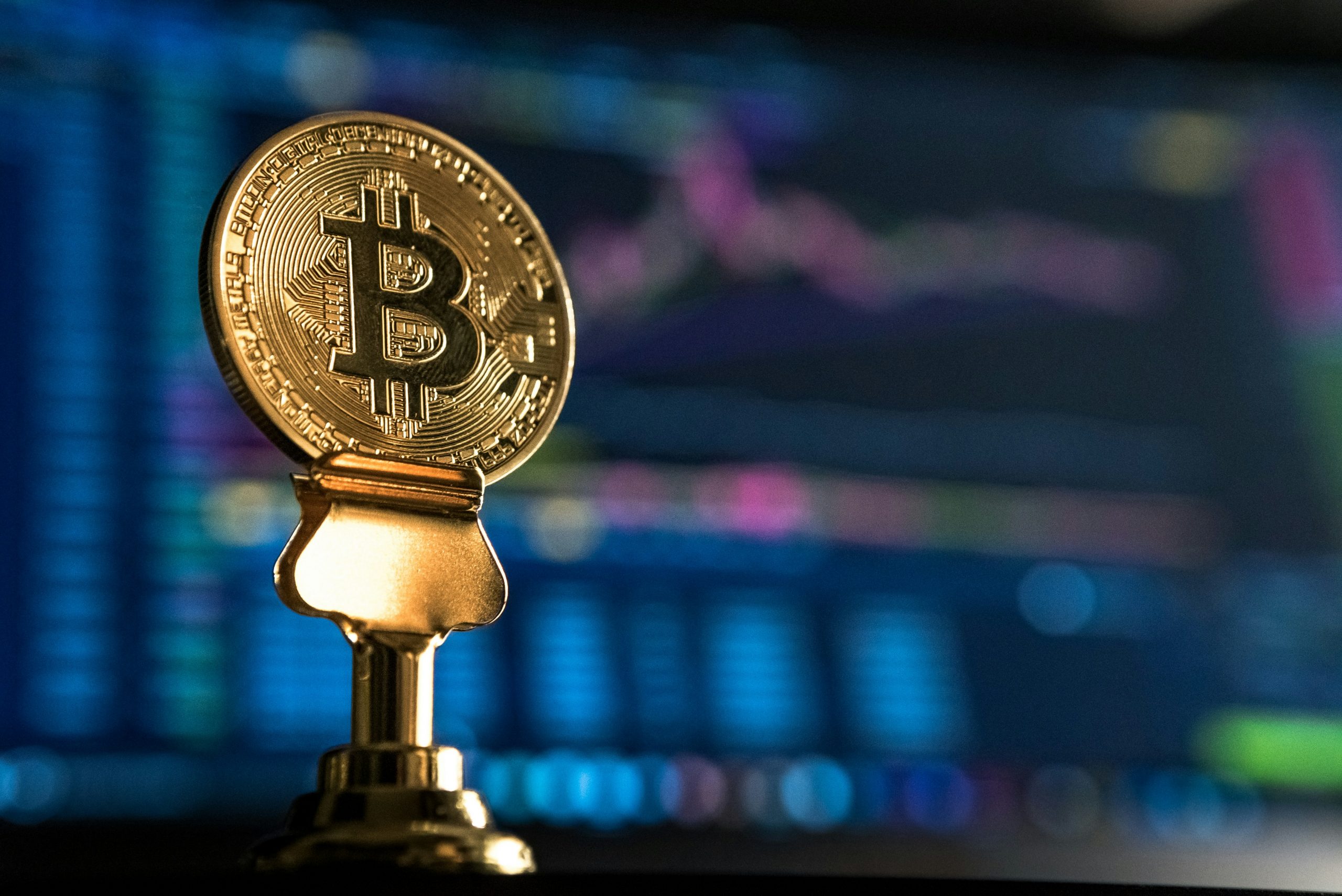Yields on long-term US government debt hit a six-month low on April 3, driven by concerns over the global trade war and a weakening US dollar. The 10-year Treasury note yield briefly touched 4.0%, down from 4.4% a week earlier, indicating robust demand from investors.
While an increased risk of economic recession may appear negative for Bitcoin (BTC) at first glance, lower returns from traditional fixed-income investments can lead investors to allocate more to alternative assets like cryptocurrencies. Traders may gradually reduce exposure to bonds, especially if inflation starts to rise, potentially paving the way for Bitcoin to reach new highs by 2025.
The imposition of US import tariffs has the potential to negatively impact corporate profitability, leading some companies to deleverage and reduce market liquidity. This could create a short-term negative effect on Bitcoin, given its strong correlation with the S&P 500 index. Tariffs can result in a ‘supply shock,’ where reduced availability of goods and services due to rising prices disrupts the supply-demand balance, particularly when interest rates are on a downward trajectory, possibly leading to inflationary pressures.
Even if Bitcoin is not traditionally viewed as an inflation hedge, the appeal of fixed-income investments diminishes in an inflationary scenario. A small shift of just 5% of the $140 trillion global bond market seeking higher returns in other assets like stocks, commodities, real estate, gold, and Bitcoin could potentially translate to $7 trillion inflows into these alternatives.
Gold, with its increasing market capitalization and consecutive all-time highs, presents an attractive alternative asset class. As gold prices rise, previously unprofitable mining operations may resume, leading to further investments in exploration and extraction. Despite fluctuations in US interest rates, the weakening US dollar against a basket of foreign currencies may prompt countries to explore alternative stores of value, potentially strengthening Bitcoin’s long-term upside potential.
A gradual shift away from the US dollar, fueled by the ongoing trade war, could bolster Bitcoin’s position as an alternative asset. While major economies like Japan, China, Hong Kong, and Singapore hold substantial amounts of US Treasuries, retaliatory actions could potentially reverse bond yield trends, increasing the cost of US debt issuance and further weakening the dollar. In such a scenario, investors may seek scarce assets like Bitcoin as a hedge against economic uncertainties.
Timing the market bottom for Bitcoin is challenging, but despite global economic concerns, the $82,000 support level has held firm, indicating resilience in the cryptocurrency’s market.
